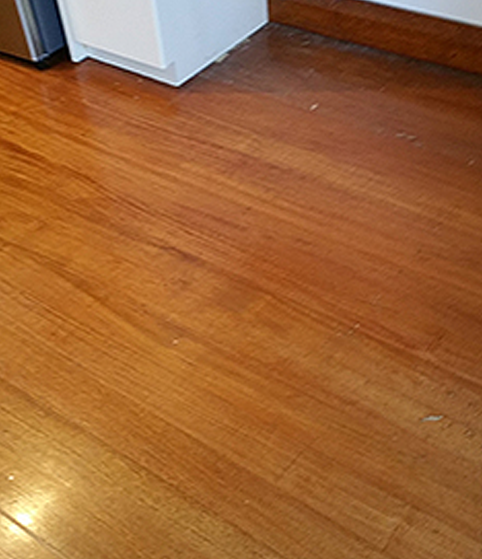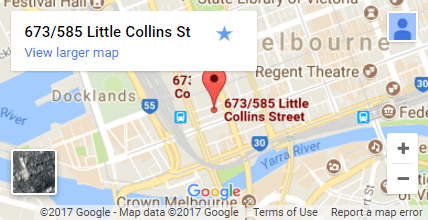Taking care of floors is essential for maintaining a clean and welcoming environment in homes or businesses.
Whether it’s a hardwood floor, tile, or even a concrete surface, regular maintenance is crucial for keeping them looking their best.
By understanding the unique benefits and purposes of each method, you can make an informed decision on how to best care for your floors.
Explaining Buffing and Polishing
Buffing and floor polishing Melbourne are both techniques used to enhance the appearance of a floor, but they serve different purposes and achieve distinct results.
Buffing involves using a buffing machine with a rotating pad to remove scratches, scuffs, and other surface imperfections from the floor.
The friction created by the machine helps to smooth out the damaged areas and restore the floor’s original shine. Buffing is often used on floors that have become dull or worn out over time.
On the other hand, polishing is a process that aims to create a glossy, reflective finish on the floor.
It involves the application of abrasive compounds to the surface, which are then polished using a machine with special polishing pads.
The compounds help to smooth out any unevenness or imperfections, resulting in a sleek and shiny floor.
The Key Differences between Buffing and Polishing
Technique
Buffing involves using a rotary buffing machine that uses friction to remove surface damage.
The machine is equipped with a rotating pad that buffs away scratches and scuffs, revealing a revitalised floor underneath. The technique requires some skill and precision to ensure a consistent and even finish.
Polishing, on the other hand, involves the use of abrasive compounds applied to the floor’s surface.
These compounds are then buffed and polished using a specialised machine with polishing pads. The abrasive compounds help to smooth out any imperfections or roughness, resulting in a glossy and flawless finish.
Purpose
Buffing is primarily done to restore dull or worn-out floors. Over time, floors can accumulate scratches, scuffs, and other signs of wear and tear.
Buffing helps to remove these surface imperfections, bringing back the floor’s original shine and luster.
Polishing, on the other hand, aims to refine the floor’s surface by smoothening out any imperfections or unevenness.
It is often done on floors that are already in relatively good condition but require an extra level of shine and luster. Polishing creates a glossy, mirror-like finish that enhances the overall aesthetic appeal of the floor.
Equipment
Buffing requires a buffing machine equipped with rotating pads. These pads can vary in abrasiveness, depending on the severity of the scratches and scuffs.
The machine’s speed and pressure can also be adjusted to achieve the desired results. Additionally, different types of buffing pads may be used depending on the floor material.
Polishing, on the other hand, requires a polishing machine with specialised polishing pads. The machine’s speed and pressure can be adjusted to ensure an even and consistent polish.
Polishing also requires the use of abrasive compounds, which can vary in grit depending on the floor’s condition and desired outcome.
It’s important to note that while some machines can perform both buffing and polishing, specialised equipment may be required for optimal results.
Using the wrong equipment or abrasive compounds can lead to unsatisfactory outcomes or even damage to the floor.

When to Choose Buffing vs. Polishing
Understanding when to choose buffing or polishing is crucial for achieving the desired results for your floors.
Here are some scenarios where each technique is more suitable:
Buffing is more appropriate when:
- The floor has minor scratches, scuffs, or dullness.
- The floor’s surface is relatively even and free from major imperfections.
- You want to restore the floor’s original shine and luster.
Polishing is more suitable when:
- The floor is already in good condition and relatively free from scratches or scuffs.
- You want to achieve a high-gloss finish that enhances the floor’s overall appearance.
- The floor’s surface has some minor imperfections that need smoothing out.
Benefits of Buffing and Polishing Floors
A. Buffing:
Buffing offers several benefits for your floors, including:
- Extending the lifespan of the floor by removing surface damage.
- Improving slip resistance and overall safety.
- Restoring the floor’s original shine and luster.
- Enhancing the floor’s appearance without the need for extensive repairs or replacements.
- Saving money by avoiding costly floor replacements.
B. Polishing:
Polishing provides the following benefits for your floors:
- Creating a reflective, mirror-like surface that enhances aesthetics.
- Providing a high-gloss finish that adds a touch of elegance to any space.
- Smoothing out imperfections and unevenness on the floor’s surface.
- Making the floor easier to maintain and keep clean, as the smooth surface prevents dirt and grime from settling into crevices.
Buffing and polishing are two distinct floor maintenance techniques that serve different purposes and achieve different results.
Buffing is primarily done to restore dull or worn-out floors, while floor polishing Melbourne aims to create a glossy, mirror-like finish. Understanding the key differences between these methods allows you to choose the appropriate technique based on your floor’s condition and desired outcome.
Assessing the condition of your floors and choosing the right method accordingly will not only enhance their appearance but also save you money in the long run.
So, go ahead and give your floors the care and attention they deserve for a clean and welcoming space with Timber Floor Sanding Melbourne. With a commitment to excellence and an eye for detail, our skilled craftsmen bring out the natural beauty of your timber floors.


